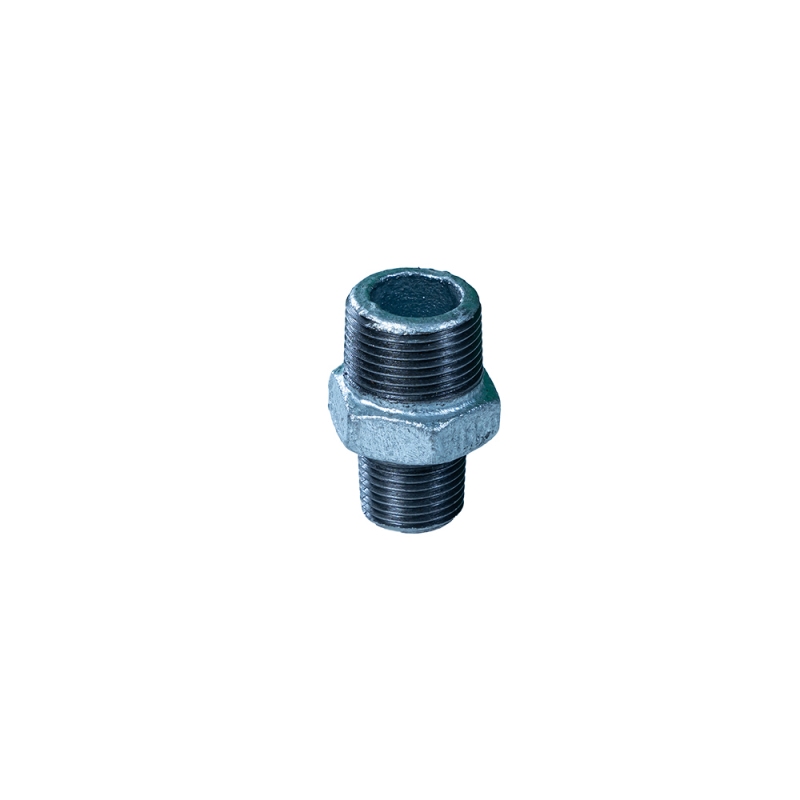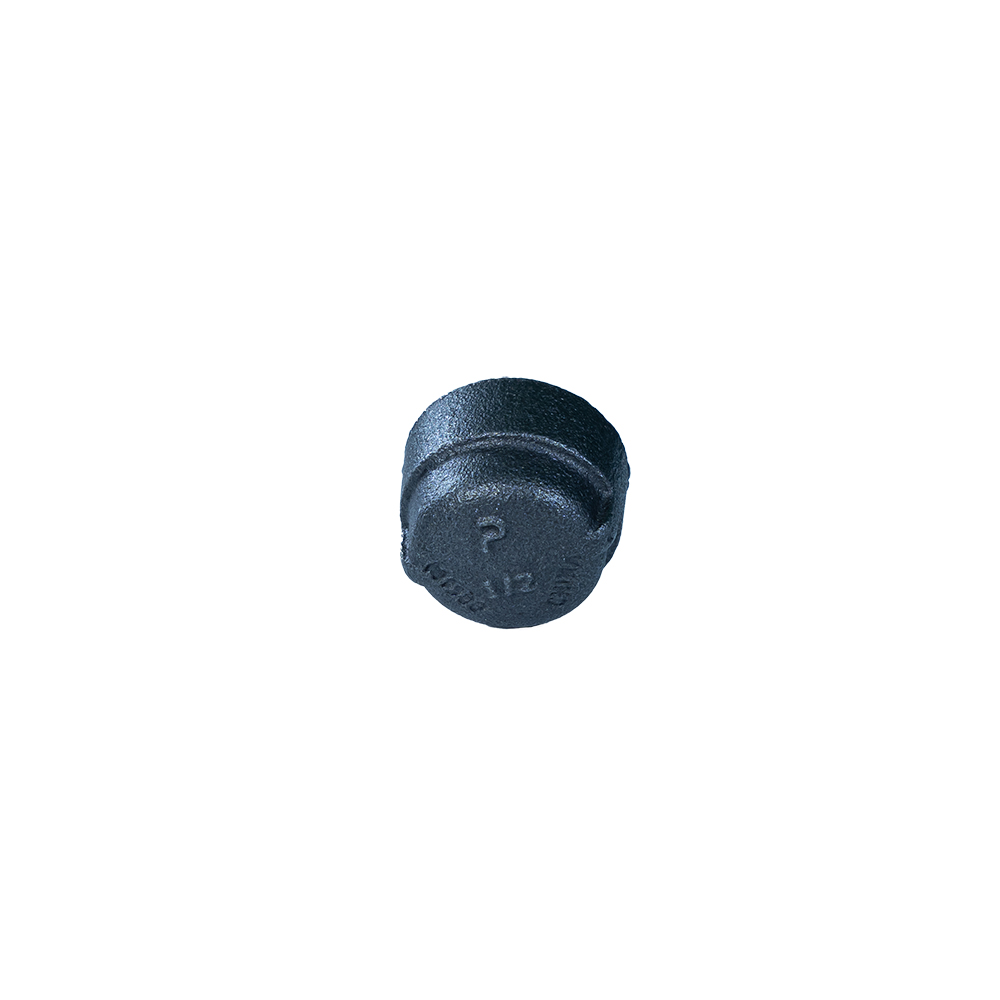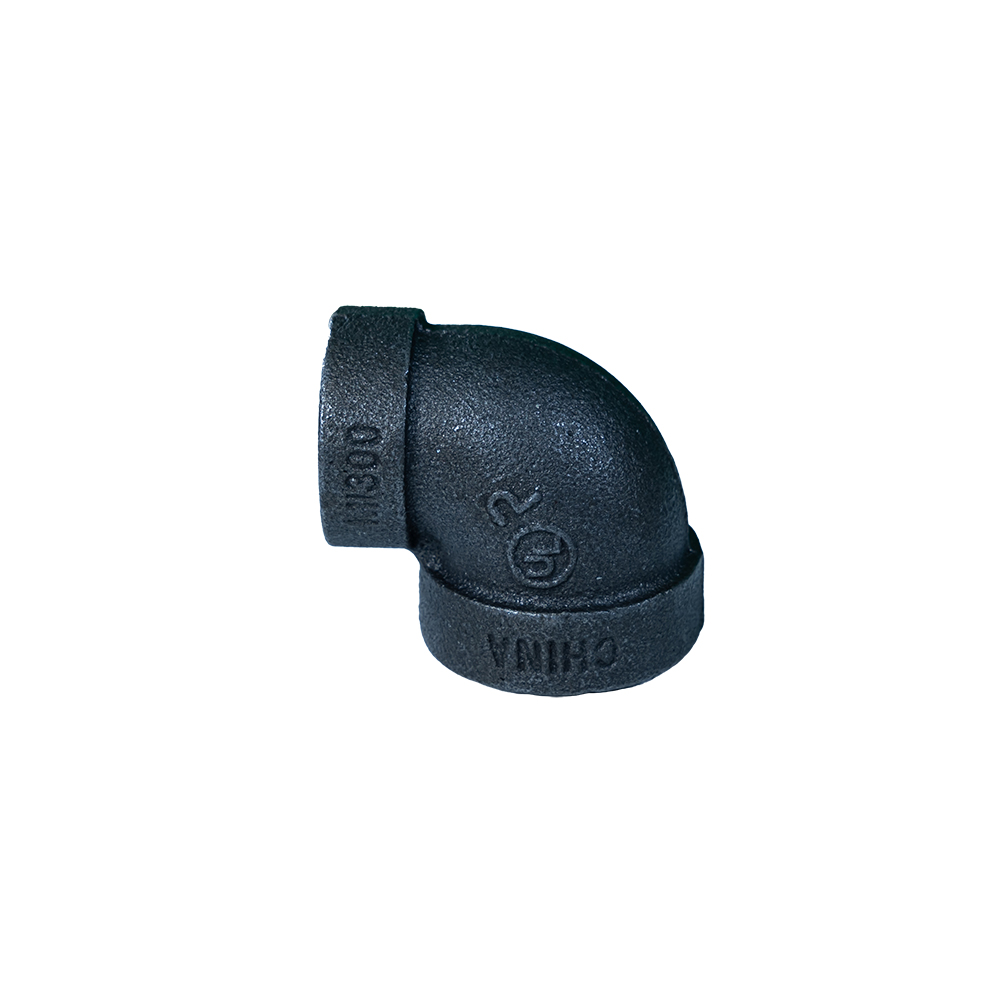Why Understanding Fittings of Plumbing Matters Globally
Plumbing fittings might not sound glamorous, but globally they're absolutely crucial. These small components ensure that water—our most vital resource—flows safely and efficiently. From cities with millions to remote villages just getting their first taps, the quality and design of plumbing fittings can make or break entire sanitation infrastructures. They help prevent leaks, conserve fluids, resist corrosion, and ensure systems last decades without costly repairs.
In fact, the United Nations estimates that over 2 billion people worldwide lack access to safely managed drinking water [1]. At the heart of delivering safe water, sustainable sanitation, and reliable industrial pipelines? You guessed it — fittings of plumbing.
Global Context: Plumbing Fittings at the Frontlines of Infrastructure
World Bank data shows trillions of dollars are invested annually in water infrastructure development, especially in developing nations striving to meet Sustainable Development Goal 6: clean water and sanitation for all by 2030. Yet, many projects falter on poor materials, including inferior plumbing fittings that corrode, crack, or simply don’t fit properly, leading to system failures and wasted water.
Consider the humanitarian challenge: in disaster-stricken zones, emergency housing often includes swift plumbing setups—where quick, durable, and adaptable fittings are a lifesaver. They reduce downtime, prevent contamination, and increase user safety. Essentially, plumbing fittings keep the pipes connecting life itself flowing smoothly.
Mini takeaway: Plumbing fittings sound mundane but underpin global health and sustainability efforts.
What Exactly Are Fittings of Plumbing?
In simple terms, fittings of plumbing are components used to connect straight pipe or tubing sections in water supply, waste systems, and gas lines. Think of elbows, tees, couplings, reducers, valves, and adapters. Together, they direct flow, control pressure, change pipe sizes or directions, and provide access points for inspection or repair.
They form the vital junctions and transitions in modern plumbing circuits, whether in urban skyscrapers or remote borehole setups. More than just physical joins, they embody the interface between human-made systems and the natural water cycle—impacting health, environment, and industry.
Oddly enough, the subtle variety and quality of fittings can spell the difference between decades of trouble-free service or endless leaks and repairs.
Core Factors Behind Plumbing Fittings:
Durability
Fittings must endure constant pressure, temperature shifts, and exposure to corrosive substances — with minimal degradation. Materials like brass, PVC, stainless steel, and newer composites are common, each suited to different environments. Durability extends the system's lifespan, cuts down maintenance, and ultimately saves money.
Compatibility
Whether plastic pipes meet metal valves or flexible hoses join rigid tubes, compatibility in size, thread type, and pressure rating matters deeply. Poor fit leads to leaks, which are more than just nuisances—they risk contamination and health hazards.
Cost Efficiency
While cheap fittings might reduce upfront costs, they often fail prematurely. On the other hand, premium fittings give better longevity but at heightened price points. The goal is smart balance — affordable, reliable, and tailored to specific use cases.
Ease of Installation & Maintenance
Complex fittings delay projects and increase errors, especially in low-resource settings. Engineers favor designs that simplify field assembly, including push-to-fit types or snap connections. Easy maintenance access points reduce downtime and labor over years.
Scalability & Adaptability
Modular and standardized fittings allow systems to grow or adapt with changing needs, such as adding a new branch or transforming from potable water to grey water recycling. Future-proofing plumbing design is an emerging priority.
Mini takeaway: Plumbing fittings are about much more than nuts and bolts — durability, compatibility, cost, and scalability define their real-world impact.
How Plumbing Fittings Improve Systems Across the Globe
In urban megaprojects in Asia, precision-engineered brass fittings ensure high-rise buildings maintain flawless water pressure and hygiene. Meanwhile, in sub-Saharan Africa, plastic push-fit fittings enable rapid deployment of rural water points with minimal skilled labor.
Emergency relief operations rely on modular fittings that snap together fast to restore sanitation after floods or earthquakes. Industrial plants in petrochemical complexes opt for corrosion-resistant stainless steel fittings to safely transport hazardous fluids.
Environmental agencies use specialized fittings in water recycling plants, enhancing sustainability. Many NGOs adopt locally sourced, affordable fittings tailored to local needs, promoting economic growth alongside infrastructure.
Advantages and Long-Term Value of Proper Plumbing Fittings
- Financial savings: Reducing leaks and downtime prevents costly water loss and repairs.
- Health and safety: Safe water delivery means fewer waterborne diseases.
- Environmental impact: Durable fittings reduce waste and pollution caused by replacement parts.
- User trust: Reliable plumbing promotes dignity and quality of life.
Frankly, well-selected fittings are an investment in trust and future-proofing. Beyond the numbers, they connect communities to opportunity, health, and comfort.
Emerging Trends in Fittings of Plumbing
The future is bright and a bit techy. Smart plumbing fittings embedded with sensors can detect leaks instantly and relay data to maintenance teams, preventing damage before it happens. 3D-printed custom fittings are gaining traction for unusual or complex installations.
Eco-friendly materials, such as bio-based polymers replacing traditional plastics, align with global sustainability goals. Policy shifts toward standardization improve interoperability and accelerate deployment of water projects worldwide.
In sum, the fittings of tomorrow blend innovation with responsibility.
Common Challenges—And How Industry Innovators are Tackling Them
One persistent hurdle is balancing cost and quality in developing markets, where budgets are tight but demand is high. Corrosion and material incompatibilities still cause headaches, especially where water chemistry is aggressive.
One solution gaining ground involves hybrid fittings combining metals and polymers for toughness plus corrosion resistance. Training local plumbers on best practices also boosts installation success.
Manufacturers are adopting modular designs to ease scalability and repair, plus offering warranty-backed assurances to build buyer confidence.
Product Specification Table: Sample Plumbing Fittings
| Fitting Type | Material | Pressure Rating | Size Range (mm) | Application |
|---|---|---|---|---|
| Elbow (90°) | Brass | Up to 16 bar | 15–50 | Potable water, HVAC |
| Tee Connector | PVC | Up to 10 bar | 20–110 | Drainage, irrigation |
| Coupling (Push-Fit) | Composite Polymer | Up to 12 bar | 10–35 | Quick repairs, modular assembly |
| Reducer Adapter | Stainless Steel | Up to 20 bar | 25 to 15 | High-pressure industrial |
Vendor Comparison: Leading Plumbing Fittings Suppliers
| Manufacturer | Material Range | Price Tier | Lead Time | Customization |
|---|---|---|---|---|
| Pannext Fittings | Brass, PVC, Stainless Steel, Composite | Mid-High | 2-3 weeks | Full custom design & small batches |
| HydroFlex Co. | PVC, PE | Budget | 1-2 weeks | Standard lines, no custom work |
| SteelLine Systems | Stainless Steel only | Premium | 4-6 weeks | Limited customization |
Frequently Asked Questions About Fittings of Plumbing
What materials are best for outdoor plumbing fittings?
For outdoor plumbing, materials like brass and stainless steel are preferred due to their corrosion resistance and durability against weather conditions. PVC can be used but is less resistant to UV and temperature changes, so protective measures are recommended.
Can push-fit fittings be used for high-pressure systems?
Push-fit fittings are generally suitable for medium-pressure applications, up to around 12-16 bar, depending on the manufacturer. For very high-pressure or industrial systems, threaded or welded fittings may offer safer, more secure connections.
How can I ensure compatibility between different pipe materials?
Ensuring compatibility requires matching fitting materials and pressure ratings with the pipes used. Use adapters specifically designed for transitions (e.g., from metal to plastic). Consulting plumbing codes and standards, or a trusted supplier like fittings of plumbing experts, helps avoid leaks and failures.
Are eco-friendly plumbing fittings available?
Yes, an increasing number of manufacturers offer fittings made from bio-based polymers or recyclable materials. These are designed to reduce environmental impact while maintaining performance, aligning with green building standards.
Conclusion: Plumbing Fittings—The Invisible Backbone of Reliable Water Systems
While often overlooked, plumbing fittings establish the very foundation for water safety, sustainability, and comfort worldwide. From housing developments to industrial giants, their design, durability, and quality echo through every faucet and pipeline. Investing time and resources in selecting the right fittings pays off far beyond budgets — it means healthier, safer communities and more resilient infrastructure.
If you want plumbing solutions that balance innovation, reliability, and global standards, check out our range at Pannext Fittings. After all, it's the little connectors that keep the big world flowing.
References
- WHO: Drinking Water Fact Sheet
- United Nations Sustainable Development Goal 6
- World Bank Water Projects Overview
Post time: Nov-23-2025









